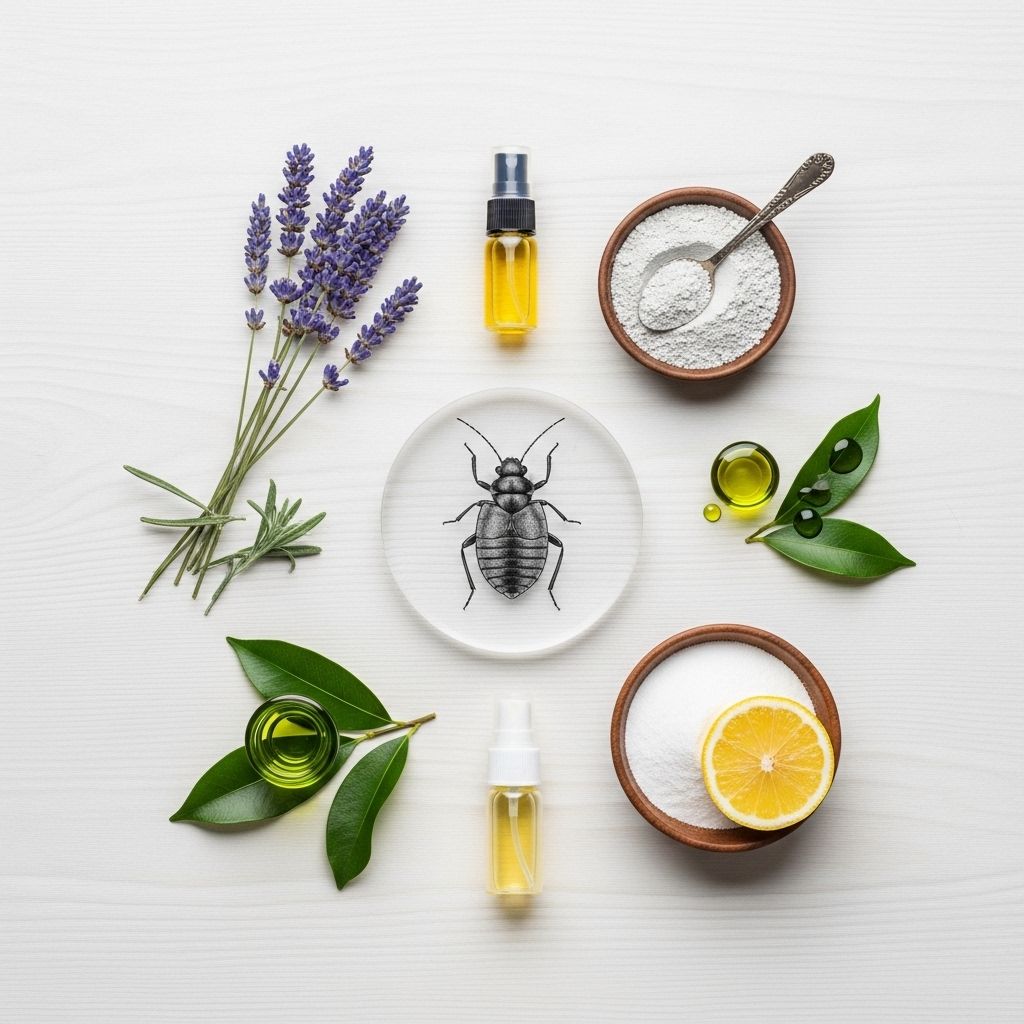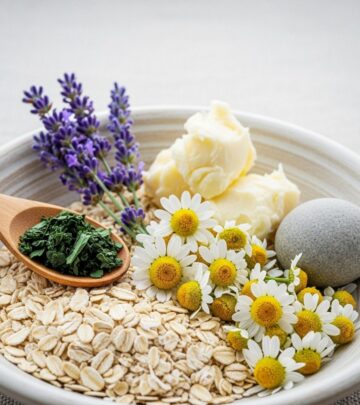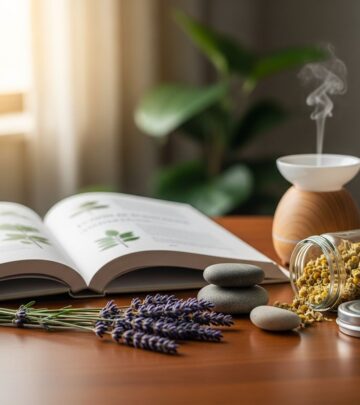Comprehensive Guide to Home Remedies That Kill Bed Bugs: Natural Solutions and Effectiveness
Explore proven home remedies for eradicating bed bugs, including natural, chemical-free, and DIY treatments.

Bed bug infestations are a growing concern across the globe, affecting homes, hotels, hospitals, and public transportation. Chemical solutions are widely used, but growing resistance and health concerns have boosted interest in home remedies for killing bed bugs. This guide explores which household remedies work, their limitations, and best practices for natural bed bug eradication.
Table of Contents
- Understanding Bed Bugs
- Signs of a Bed Bug Infestation
- Natural Home Remedies to Kill Bed Bugs
- Herbal and Plant-Based Solutions
- Physical Methods: Heat, Freezing, and Vacuuming
- Chemical and Household Substance Remedies
- Limitations and Risks of DIY Remedies
- Prevention Tips After Treatment
- Frequently Asked Questions (FAQs)
- Final Thoughts
Understanding Bed Bugs
Bed bugs (Cimex lectularius) are small, reddish-brown parasitic insects that feed on the blood of humans and animals. They hide in cracks, mattresses, bedding, and upholstered furniture, mostly coming out at night. Their presence can cause itchy bites, allergic reactions, and psychological stress.
Signs of a Bed Bug Infestation
- Unexplained itchy bites or red welts, often in a line or cluster
- Small blood stains on bed linens
- Rusty or dark spots (bed bug droppings) on mattresses
- Musty, sweet odor (from bed bug scent glands)
- Shed skins or empty eggshells in hiding areas
- Live bed bugs, especially along seams of mattresses or upholstered furniture
Natural Home Remedies to Kill Bed Bugs
Many homeowners prefer natural solutions to control infestations due to concerns about pesticide exposure and residue. Below, we detail the most researched natural remedies, how to use them, and their practical limitations.
Main Natural Remedies Overview
| Remedy | How It Works | Effectiveness | Precautions |
|---|---|---|---|
| Tea Tree Oil | Suffocates and repels bed bugs | Partial; contact only | Can irritate skin when undiluted |
| Lavender Oil | Repels and may kill on contact | Limited | Safe for most people; strong scent |
| Rubbing Alcohol | Kills bed bugs on contact | Partial; evaporates quickly | Highly flammable |
| Diatomaceous Earth | Dries out and kills through laceration | Effective in dry areas, not for immediate relief | Use food-grade; avoid inhaling dust |
| Heat/Freezing | Kills all life stages by temperature extremes | High if properly applied | Can damage sensitive items |
Herbal and Plant-Based Solutions
Many plants and their extracts serve as natural repellents or limited-contact killers for bed bugs. While their effectiveness varies, they can make the environment less hospitable for these pests and supplement your eradication strategy.
Popular Herbal Remedies
- Tea Tree Oil: Known for antimicrobial properties; can kill via suffocation. Mix 20 drops in a spray bottle of water and apply liberally to infested areas. Use with caution as undiluted oil can irritate the skin or cause toxicity in pets.
Primary Effect: Contact kill and repellent. Limited to bugs directly exposed to sprayed areas. - Lavender Oil: Scent can make bed bugs nauseous and even kill them. Wash linens with lavender soap, spray diluted oil, and scatter leaves in infested spots. Safe and pleasant for humans, but only moderately effective.
- Peppermint Leaves: Repels bed bugs by scent. Place fresh or dried leaves around entry points, mattresses, and infested areas. Vacuum and replace regularly.
- Thyme: Traditionally used by burning bundles near infested zones. The smoke drives bugs away. Repeat every few days and practice fire safety. Not suitable for all environments.
- Indian Lilac (Neem): Crush and scatter leaves or boil them to make a sprayable solution. Used for clothes, closets, and baths.
- Black Walnut Tea: Used tea bags placed in cracks and corners act as a natural repellent.
- Sweet Flag: Sprayable herbal solution acts as a repellent; available in Asian and herbal markets.
- Bean Leaves: Microscopic hooks on leaves trap and immobilize bed bugs. Useful on floors of infested rooms for mechanical trapping.
- Lemongrass and Clove Oil: High acid content kills bugs and eggs. Strong odor also deters further infestation. Clove can be applied to mattresses and pillows.
- Pyrethrum: Derived from chrysanthemums, pyrethrum attacks the nervous system of insects but may have limited efficacy against resistant bed bug populations.
- Cayenne Pepper Mix: Combine with ginger and oregano oil, strain, and spray. Acts as a contact killer and strong repellent.
Physical Methods: Heat, Freezing, and Vacuuming
Physical methods are highly recommended as they can kill bed bugs & their eggs in all life stages without toxic chemicals, especially when implemented correctly.
Heat Treatments
- Wash infested bedding, clothing, and fabrics in hot water (at least 115°F/46°C) for 30 minutes, then dry on high for at least 30 minutes. Heat destroys bugs and eggs.
- Use a steamer on mattresses, couches, cracks, and crevices. Steam penetrates deep into fabric and creases where insects hide.
- Pack infested items in black plastic bags. Leave them outdoors in direct sunlight during hot weather (temperatures above 120°F/49°C) for 1.5–2 hours.
Freezing Treatments
- Place items in the freezer at 0°F (-19°C) for at least four days. This method is reliable for items that won’t be damaged by freezing.
Vacuuming and Encasing
- Vacuum mattresses, box springs, carpets, and baseboards thoroughly. Dispose of bags immediately to prevent reinfestation.
- Encasing mattresses and box springs in zipped, bed bug-proof covers traps remaining bugs inside, where they will eventually die of starvation.
Chemical and Household Substance Remedies
Some common household substances can kill bed bugs on contact or disrupt their life cycle. However, many of these solutions are partial and should supplement—not replace—professional treatments for major infestations.
Household Chemical Remedies
- Rubbing Alcohol (Isopropyl Alcohol): Contact killer for visible bugs. Spray directly onto bugs and surfaces. Caution—highly flammable and evaporates quickly, with no residual effect in cracks.
- Diatomaceous Earth: Natural, food-grade powder. Damages insect exoskeletons, leading to dehydration and death. Apply on dry cracks, under beds, and around furniture bases. Safe for most humans and pets but can irritate lungs if inhaled.
- Baking Soda: Occasionally cited online for bed bug control, but scientific evidence supporting efficacy is negligible.
Comparison Table: DIY Approaches
| Method | Benefits | Drawbacks |
|---|---|---|
| Essential Oils | Natural, pleasant scent, some repellent effect | Not a standalone solution; limited to areas sprayed |
| Vacuuming | Physically removes bugs and debris; non-toxic | Cannot reach bugs inside objects; must be thorough |
| Diatomaceous Earth | Long-lasting, non-toxic; effective in dry conditions | Takes days to kill; less useful in damp or hard-to-reach areas |
| Heat Treatment | Kills all life stages; no chemical residue; effective | May damage heat-sensitive items; logistical challenges for large areas |
| Freezing | Kills all life stages; suitable for small objects | Requires long exposure; not practical for everything |
| Rubbing Alcohol | Quick kill on contact; affordable | Fire hazard; evaporates rapidly; limited residual activity |
Limitations and Risks of DIY Remedies
While home remedies can help reduce bed bug populations, it’s essential to acknowledge their limitations:
- Bed bugs often hide deep in walls, floorboards, mattresses, and voids where sprays and powders can’t reach.
- Some populations are resistant to plant-based and pyrethrin-based substances.
- Alcohol-based and heat remedies can pose safety risks (fire or burns) if not carefully handled.
- Sustained, large-scale infestations usually require professional extermination or combined approaches for full eradication.
Prevention Tips After Treatment
- Inspect second-hand furniture or beds thoroughly before bringing them into your home.
- Use protective mattress covers and regularly launder bedding in hot water.
- Keep clutter to a minimum to reduce hiding spaces.
- Perform routine vacuuming and inspection of sleeping areas.
- Seal cracks and crevices in walls, baseboards, and floors to exclude pests.
Frequently Asked Questions (FAQs)
Q: Do home remedies really work for bed bug infestations?
A: Home remedies can help reduce the number of bed bugs and are useful for small, localized problems, but most cannot completely eradicate an established infestation. Professional pest control is generally needed for severe cases.
Q: What essential oils are best for repelling or killing bed bugs?
A: Tea tree, lavender, peppermint, clove, and lemongrass oils have shown some efficacy as bed bug repellents and contact killers. Effectiveness is limited by the ability of oils to contact hidden bugs.
Q: Is it safe to use rubbing alcohol for bed bug control?
A: Rubbing alcohol can kill bed bugs on contact but is highly flammable and evaporates quickly. Use in well-ventilated areas and with extreme caution.
Q: Does diatomaceous earth work for bed bugs?
A: When applied properly in dry environments, diatomaceous earth can damage and kill bed bugs. Use only food-grade formulations and avoid inhaling the dust.
Q: Can I get rid of bed bugs with just heat?
A: Extreme heat (over 120°F/49°C) for sustained periods will kill all bed bug life stages. For large areas, professional heat treatment is more effective than household methods.
Final Thoughts
Home remedies for killing bed bugs—ranging from herbal sprays and essential oils to rigorous heat and freezing treatments—can reduce numbers and offer short-term relief. Complete elimination, particularly for widespread infestations, typically requires an integrated approach and, often, professional intervention. Use natural methods for prevention and as part of a multi-pronged strategy for best results. Always prioritize safety when dealing with volatile substances or extreme temperatures, and monitor for reinfestation to maintain a bed bug-free environment.
References
- https://www.sleepadvisor.org/home-remedies-for-bed-bugs/
- https://www.orkin.com/pests/bed-bugs/diy-bed-bug-treatment
- https://www.healthline.com/health/healthy-home-guide/how-to-get-rid-of-bed-bugs
- https://www.epa.gov/bedbugs/do-it-yourself-bed-bug-control
- https://www.youtube.com/watch?v=hsDqYwWNxYg
- https://njaes.rutgers.edu/fs1251/
Read full bio of medha deb












